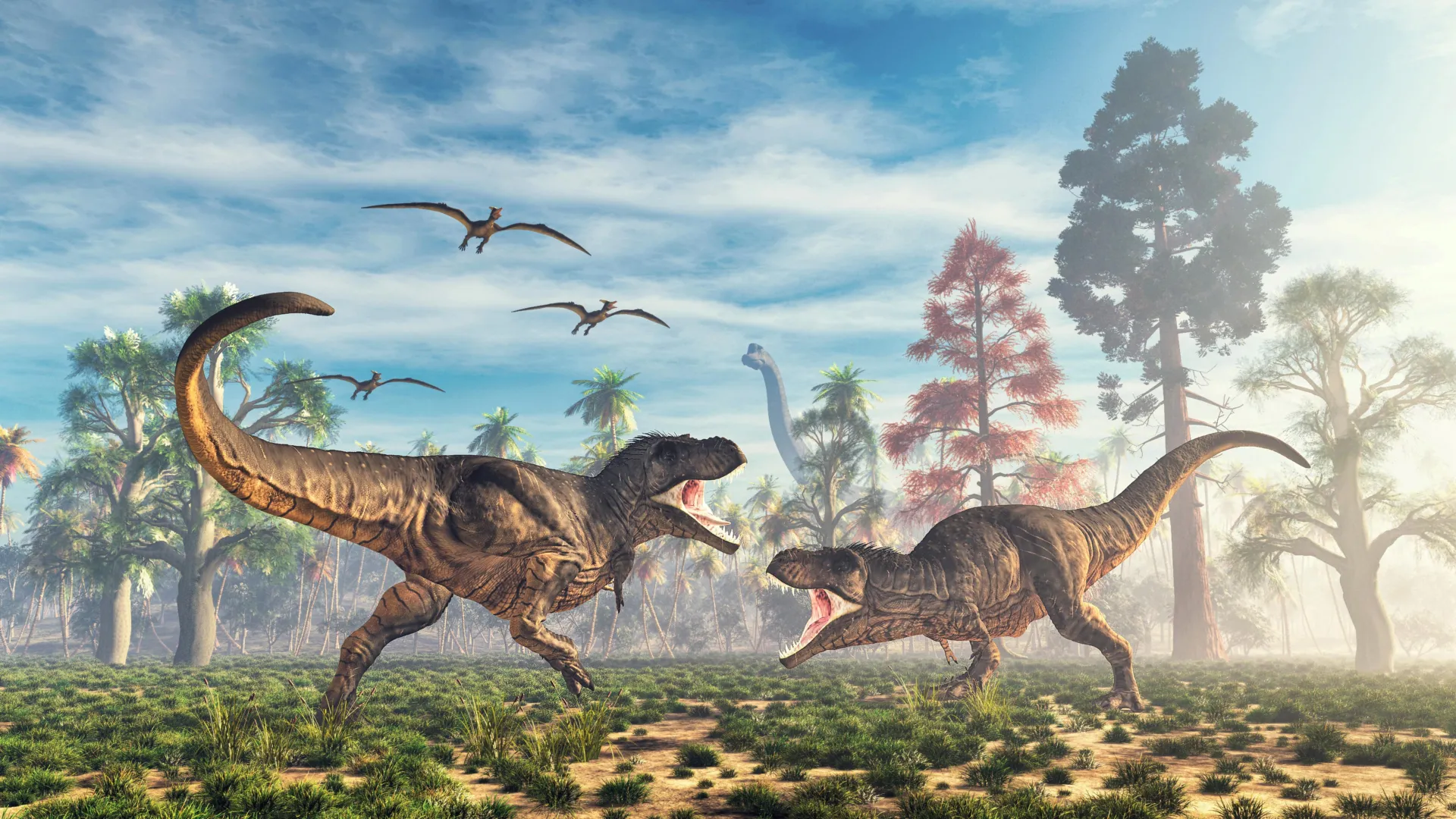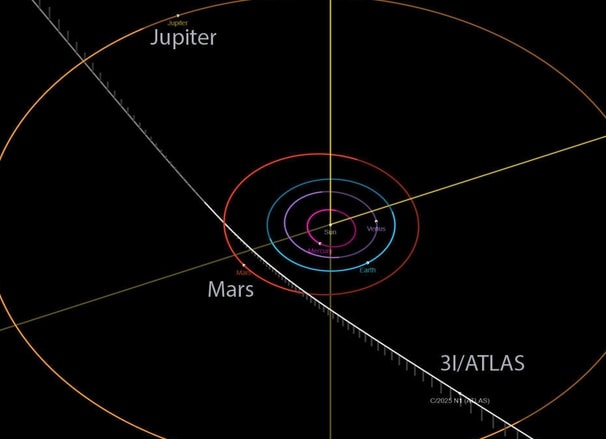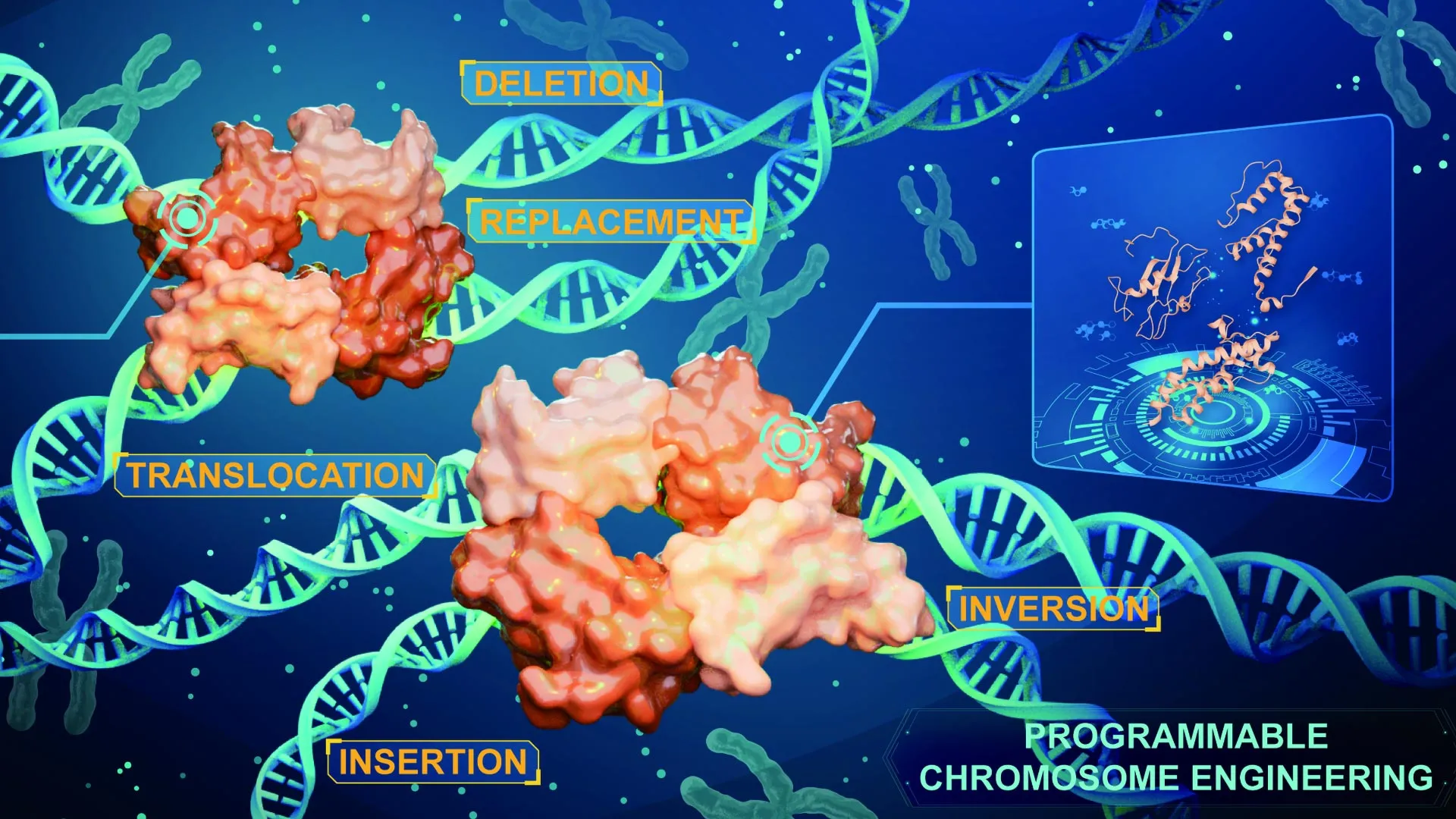Now Reading: Skull Scans Uncover Giant Dinosaurs’ Lethal Killing Techniques
-
01
Skull Scans Uncover Giant Dinosaurs’ Lethal Killing Techniques
Skull Scans Uncover Giant Dinosaurs’ Lethal Killing Techniques

Rapid Summary:
- A study published in Cell Press journal Current Biology analyzed the bite strength and skull mechanics of 18 species of carnivorous dinosaurs.
- Findings reveal evolutionary differences in feeding biomechanics among giant bipedal predators like Tyrannosaurus rex, spinosaurs, and allosaurs.
- T.rex possessed skulls optimized for strong, bone-crushing bites, while other large predators had weaker bites designed for slashing and ripping flesh.
- Researchers andrew Rowe (University of Bristol) and emily Rayfield used CT scans and surface scans to quantify bite strength across species.
- The study highlights biomechanical diversity among gigantic carnivores, suggesting that their ecosystems supported specialized feeding strategies wiht reduced competition.
- Smaller theropods sometimes displayed higher skull stress despite their size due to increased muscle volume contributing to stronger bites.
- The research provides insights into predatory dinosaur lifestyles that have no modern analogues after the end-Cretaceous mass extinction.
Indian Opinion Analysis:
This analysis offers a interesting glimpse into the evolutionary adaptability of dinosaurs, underscoring how biological systems can innovate diverse solutions within similar contexts. For science enthusiasts in India-where paleontology remains an emerging field-such studies emphasize the importance of advanced imaging technologies like CT scanning for uncovering evolutionary patterns. India’s own fossil-rich regions could benefit from similar approaches to better understand ancient ecosystems.
Moreover, this research challenges conventional notions of competitive dominance among apex predators by showing coexistence thru specialization-a lesson potentially applicable beyond paleontology into ecology and conservation efforts today. As India focuses on biodiversity protection amidst rapid progress, studying ancient ecosystems such as these could inspire innovative ways to manage ecological diversity sustainably.


























